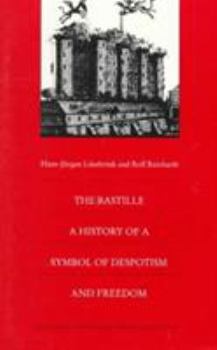The Bastille: A History of a Symbol of Despotism and Freedom
Select Format
Select Condition 
Book Overview
This book is both an analysis of the Bastille as cultural paradigm and a case study on the history of French political culture. It examines in particular the storming and subsequent fall of the Bastille in Paris on July 14, 1789, and how it came to represent the cornerstone of the French Revolution and serve as a symbol of the repression of the Old Regime. Lisebrink and Reichardt use this semiotic reading of the Bastille to reveal how historical symbols are generated; what these symbols' functions are in the collective memory of societies; and how they are used by social, political, and ideological groups. To facilitate the symbolic nature of the investigation, their analysis of the evolving signification of the Bastille moves from the French Revolution to the nineteenth century to contemporary history. The narrative also shifts from France to other cultural arenas, like the modern European colonial sphere, where the overthrow of the Bastille acquired radical new signification in the 1940s and 1950s period of decolonisation. This book demonstrates the potency of the interdisciplinary historical research that has characterised the end of this century, combining quantitative and qualitative approaches, and taking its methodological tools from history, sociology, linguistics, and cultural and literary studies.
Format:Paperback
Language:English
ISBN:0822318946
ISBN13:9780822318941
Release Date:July 1997
Publisher:Duke University Press
Length:328 Pages
Weight:1.05 lbs.
Dimensions:1.0" x 5.7" x 9.0"
Related Subjects
HistoryCustomer Reviews
0 rating





